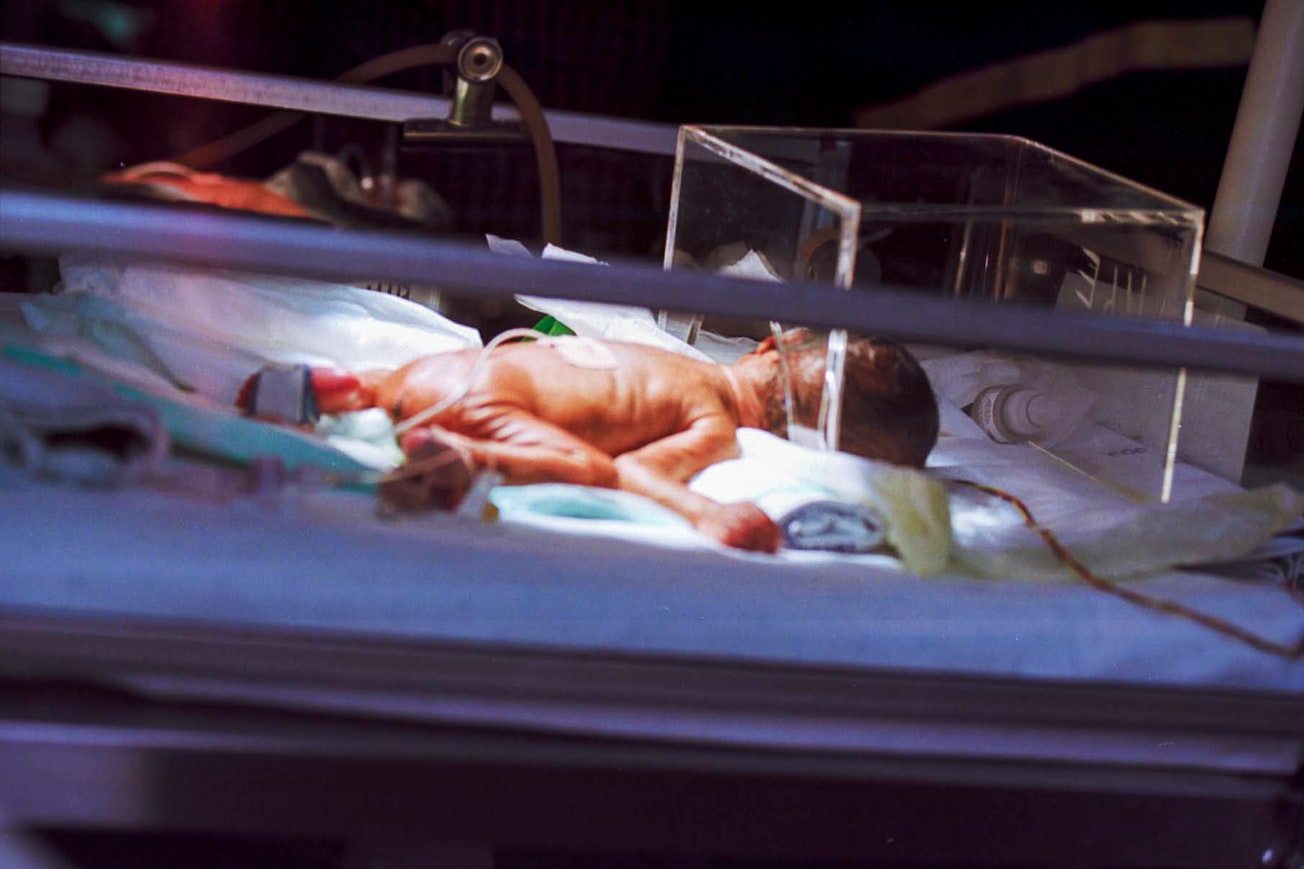What is it about?
Many infants that are born premature (before 37 of 40 weeks of pregnancy) will have a bleed inside their brain, an intraventricular haemorrhage (IVH). These bleeds are linked to poor long term outcomes, with increased risks for the child to later develop cerebral palsy, autism or deficits in memory and learning. Fortunately, most infants will survive the bleed, however this leaves us with little opportunity to study in detail the cellular and molecular events occurring in the brain for the goal of developing a treatment. This study describes a clinically relevant animal model of IVH in the preterm born population, and studies in depth how the brain is altered.
Featured Image

Photo by Hush Naidoo Jade Photography on Unsplash
Why is it important?
This knowledge if key for pinpointing the specific cellular events that may be novel therapeutic targets. The rabbit is an excellent pre-clinical model of IVH due to its developmental characteristics. This is the first description of the long term impacts of IVH in this model and we uncovered subtle but significant defects in cortical organisation, myelination and microglial reactivity.
Perspectives
People who had IVH as infants are more likely to develop neuropsychiatric disorders where interneuron deficits are implicated as key drivers, such as Autism and ADHD. This pre-clinical work supports that interneurons might be altered in people with IVH and represent a novel therapeutic target. Also, the persistence of changes in microglial reactivity, into the Tertiary Phase, suggest that it may be possible to develop therapies that can be given long after injury to support these cells to return to a typical/homeostatic role, which may improve adult brain health.
Lab head - Perinatal Brain Injury Lab Bobbi Fleiss
RMIT University
Read the Original
This page is a summary of: Severe intraventricular hemorrhage causes long-lasting structural damage in a preterm rabbit pup model, Pediatric Research, May 2022, Springer Science + Business Media,
DOI: 10.1038/s41390-022-02075-y.
You can read the full text:
Contributors
The following have contributed to this page







